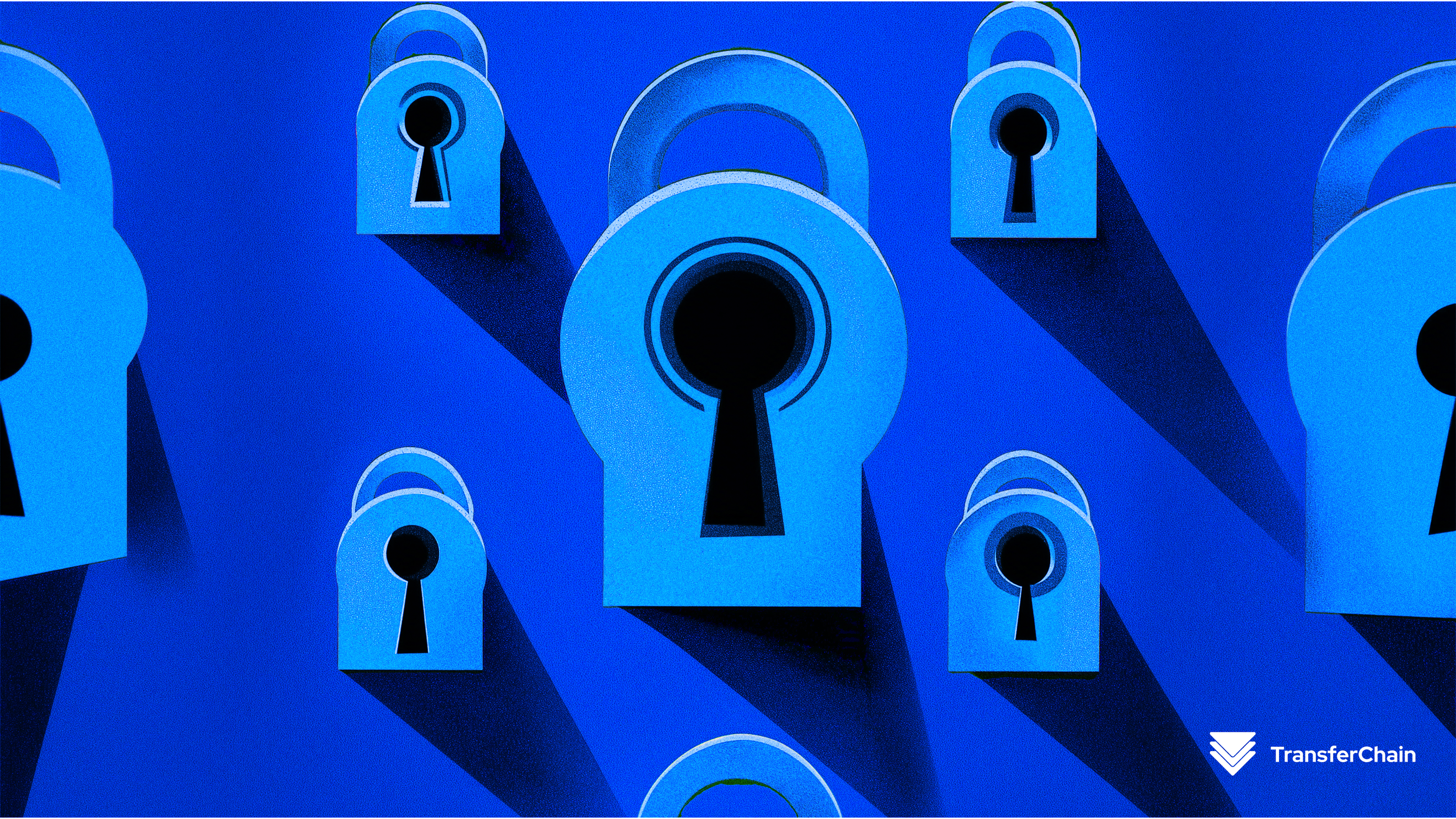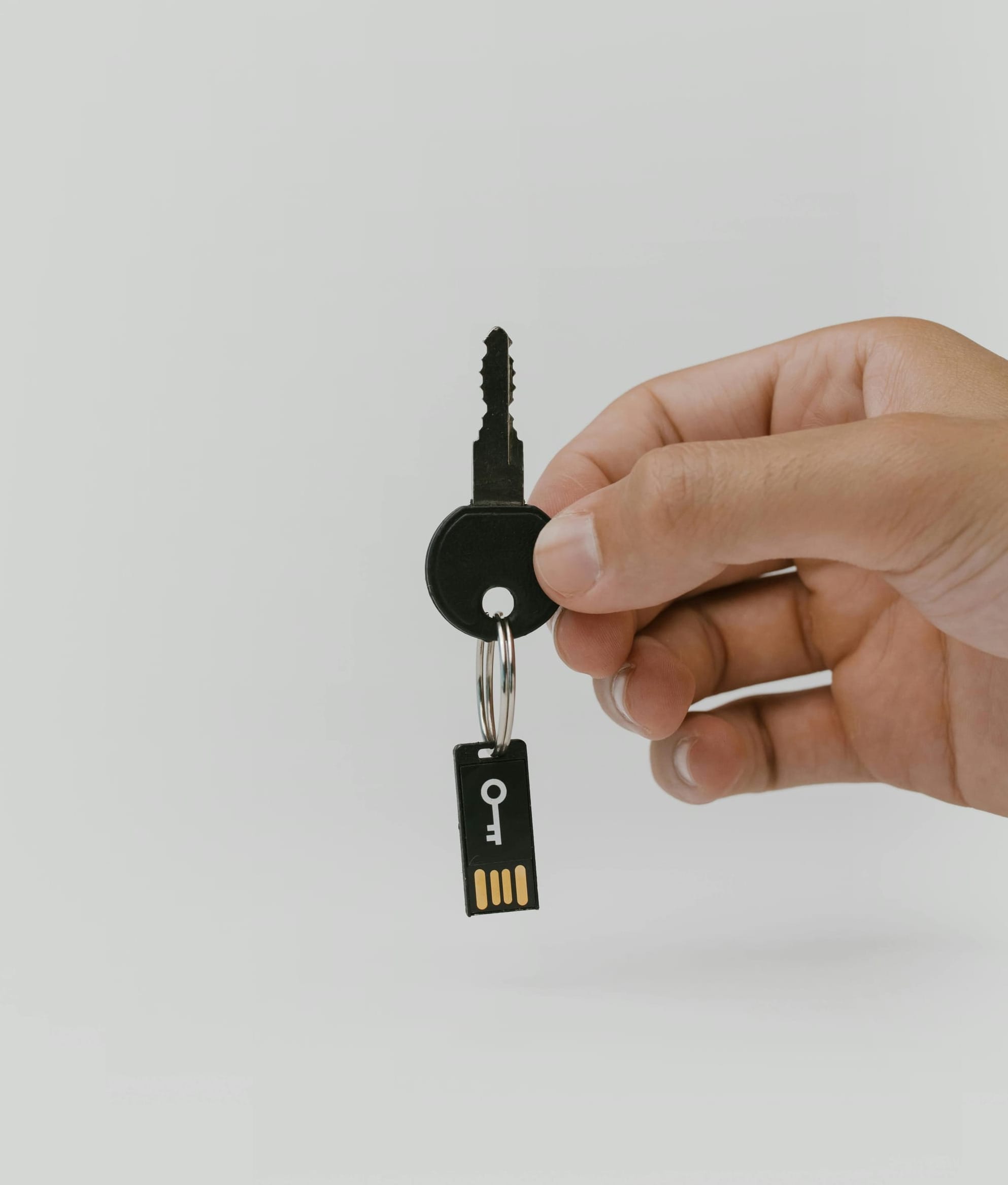
Establishing a Password Policy for Your Organization
Businesses are facing the growing impact of cybercrime, with attacks becoming more frequent and the resulting damage escalating rapidly. A major vulnerability for organizations lies in their passwords, as they serve as the entry point to accounts and are often the weakest link in security systems—underscored by the fact that 82% of hacks are caused by stolen credentials, according to Verizon's Data Breach Investigations Report.
To address this, the essential first step is implementing strong passwords. The most effective way to ensure this is by establishing a robust password policy for your team. Below, we outline the key elements that should be part of any effective password policy.
To strengthen your security, follow these essential practices:
- Use unique passwords with a minimum length: This ensures your passwords are difficult to guess or crack.
- Never reuse passwords: Avoid using the same password across multiple accounts to minimize risk.
- Enable 2FA: Two-factor authentication adds an extra layer of protection.
- Use a password manager: This helps securely store and manage your complex passwords without having to remember them all.
Use unique passwords along with a minimum length:
Ensure that your password policy mandates the use of completely randomized passwords, generated by a password tool rather than by individuals. Human-created passwords tend to be easier to remember but are also more susceptible to attacks. Brute-force attacks, where attackers use software to repeatedly guess passwords, take advantage of this weakness.
While randomization is crucial, length also plays a key role in password strength. A good rule of thumb is to have passwords be at least 16 characters long, with longer passwords providing even better security.

Never reuse passwords:
Another crucial aspect of any password policy is the rule to never reuse passwords. Every account should have its own unique password, and old passwords should not be recycled. For every new account, a fresh, uniquely generated password should be created.
This is important because of a threat known as credential stuffing. In this type of attack, hackers use login details obtained from large breaches and attempt to access other sites using the same credentials. This has been linked to numerous high-profile data breaches. For example, hackers once stole a Dropbox admin's credentials and used them to infiltrate the company’s GitHub, causing significant damage.
Although this type of attack is common, you can greatly reduce the risk by ensuring that neither you nor your team ever reuse passwords.
Enable 2FA
While passwords protect your accounts, two-factor authentication (2FA) adds an extra layer of security to safeguard those passwords. With 2FA, your password serves as the first factor, and the second factor is a temporary code usually generated by an app on your phone (although some methods use SMS, which is less secure). To access your account, you’ll need to enter both your password and the code from the 2FA app.
Use a Password Manager for Security & Compliance
While password policies may vary across different teams and organizations, certain elements are essential for maintaining security:
- Complex & lengthy passwords
- Unique passwords across accounts
However, this raises a challenge: how do you manage all these strong, unique passwords? Remembering them is nearly impossible (which is what makes them secure), and writing them down on paper is far from safe.
To ensure your team adheres to your password policy, they’ll need a password manager that:
- securely stores all your passwords
- provide a built-in password generator to create strong passwords
- offers granular permission rights for password management
- browser extensions for operational efficiency
- and additional security policies
With a password manager, instead of managing multiple vulnerabilities, you only need to secure one: your master passphrase, which can be easily protected with best practices.
You can start using TransferChain Pass for your organization!
What makes TransferChain Pass different?
Client-side + E2E encryption: When you save your passwords in TransferChain Pass, they are encrypted right on your device before they leave. Only you have the key to unlock it, meaning only you can access your passwords.
Blockchain authorization: TransferChain uses blockchain to securely authorize your data’s journey, as well as protect the metadata with an immutable structure. Our system keeps your digital activities private and tamper-proof, safeguarding your information on an unbreakable network.
Distributed multi-cloud: Your stored data and passwords are split into smaller pieces right after they’re encrypted on your device. These pieces are scattered across the world’s safest cloud providers. Each piece, on its own, is like a puzzle piece - meaningless without the others. This way, your information stays protected, no matter where it is.
TransferChain Pass Features:
Password Management: TransferChain Pass autofill, generate, and protect your passwords with the strongest security in the industry.
Strong Password Generator: Protect your accounts from intruders by generating complex and unique passwords with our Password Generator.
Secure Password Sharing: Protect your accounts from intruders by generating complex and unique passwords with our Password Generator.
If you're intrigued by our features, get started today!


